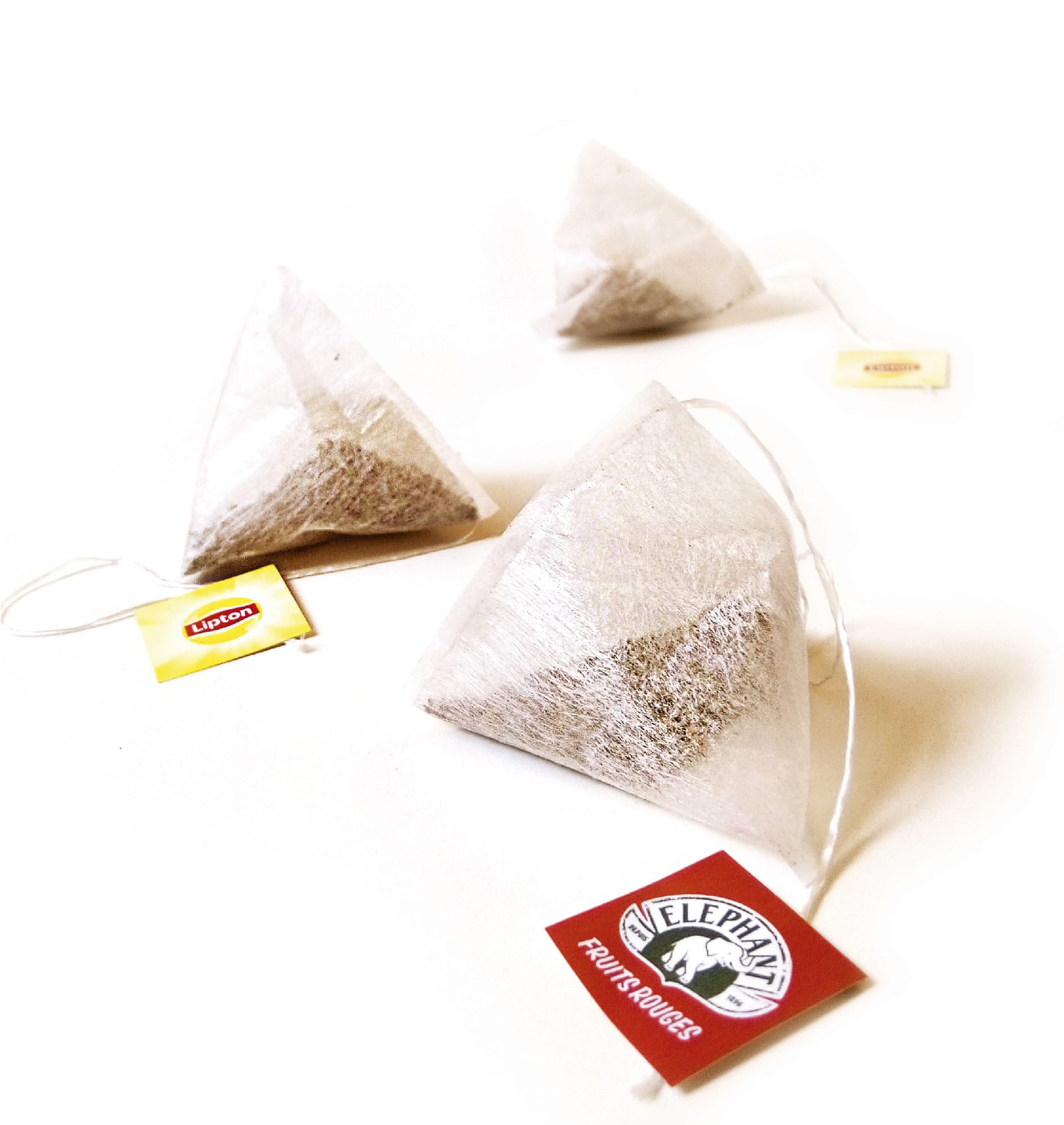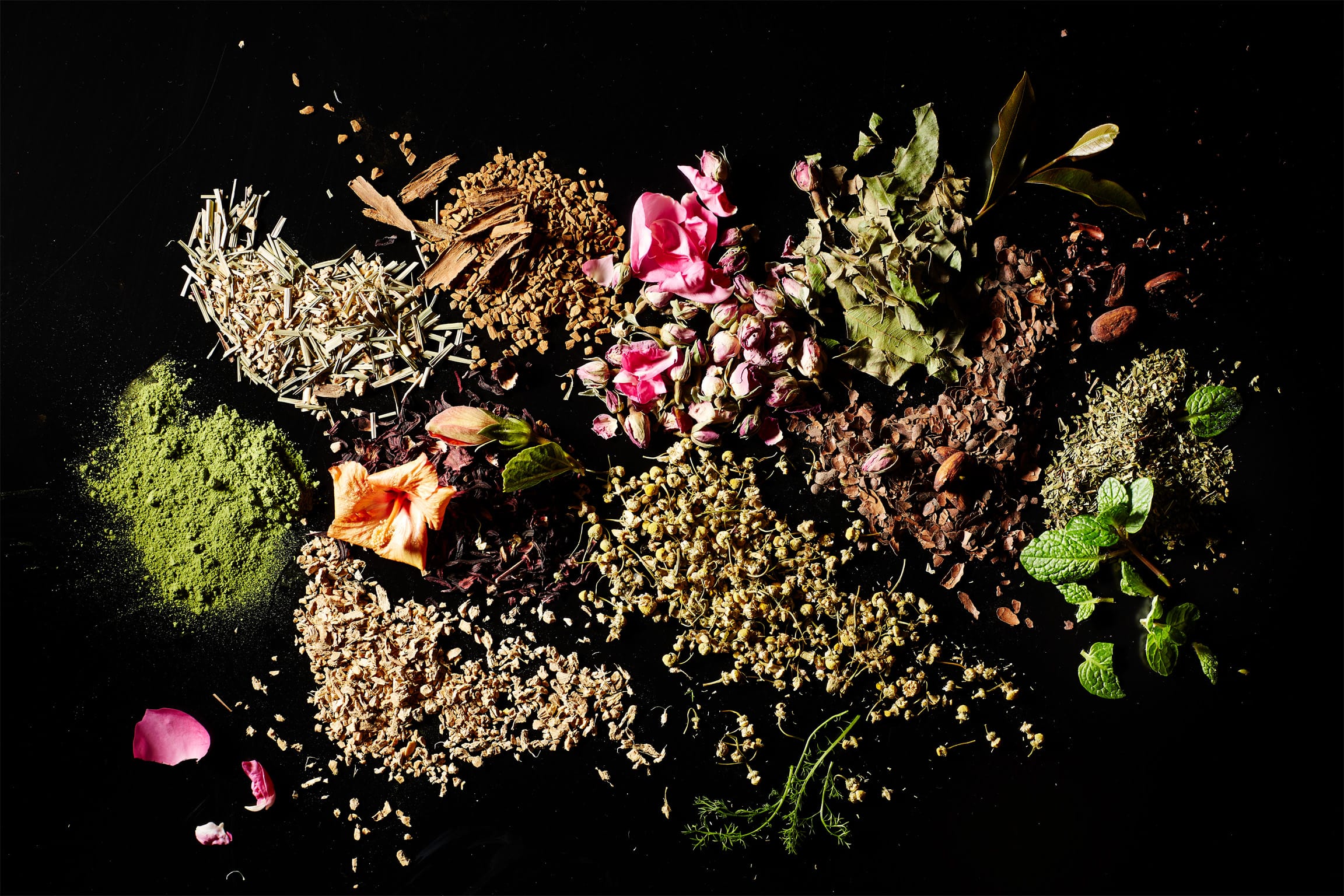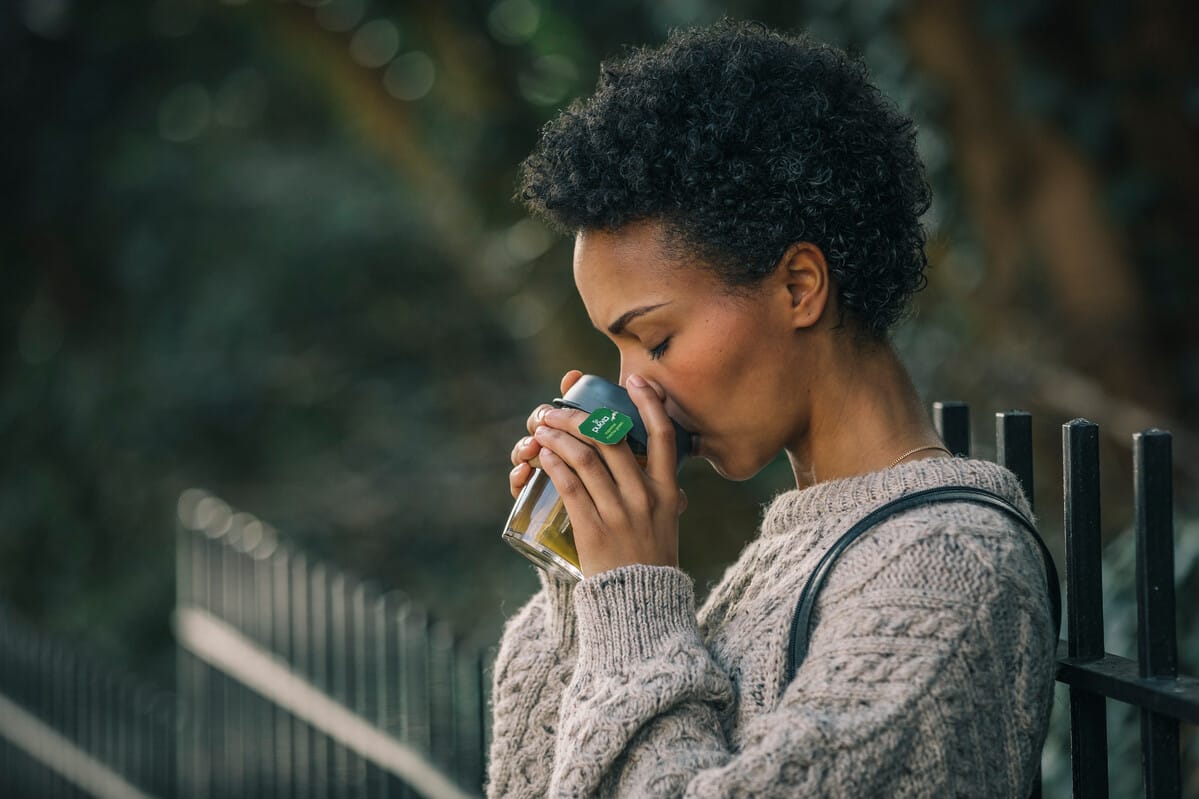Innovating to better unlock the power of teas
Teas and infusions are leaves, flowers, roots, bark and other natural ingredients: they’re essentially the same as back when the first cave-dweller dropped them into hot water, thousands of years ago. Right? Yes and no.
While we pay homage to the foragers, gardeners and shamans who have passed down their knowledge through the centuries, we’ve been busy since. LIPTON Teas and Infusions is the world’s largest innovator in the category, with five to seven patents a year. Our research programs span from the sustainable production of ingredients to the development of innovative products, product delivery and preservation systems and the understanding of the health benefits of tea, herbals and their active compounds. Our task is to explore ways of crafting and presenting our 100% natural ingredients to meet consumer expectations ever better.


Flavor first
Our first innovators were the businessmen who founded the company. More than a century ago, by adopting a volume-based business model, Arthur Brooke and Thomas Lipton played a key role in popularizing a beverage that was previously reserved for the wealthy. Ever since, our people have continued the adventure to bring more pleasure, convenience and wellbeing benefits to the greatest number.
In 1930, we found that using only the top two leaves and buds of each plant helped the digestion: thus was born the Pre-Gest Tea, now known as PG Tips. More recently, we invented the Tea Essence (TESS) process for black tea. After the tea leaves are macerated and before they are dried, we squeeze out the juice – later spraying it back onto made tea. This preserves more of the plant’s natural flavor in the cup, while also reducing the time and energy needed for drying.
In 2020, we introduced a drying technology that produces the same quality brew from a smaller amount of tea leaves. This patented natural process opens up the leaves’ cells, leading to a higher level of infusion and more goodness released into the cup. It allows us to deliver the same tea taste intensity and the same flavonoid content with less tea.
We are also proud to have leading herbal experts and practitioners in our team. We deliver not only the best combinations of plants in our blends, but also quality standards hat are routinely checked in our laboratories. We keep innovating and bringing out new creations that suit various tastes, preferences and lifestyles – but always with an eye on what truly enhances human health.

More practical and sustainable
Our Research & Innovation department looks at the entire brewing and drinking experience – from the moment you open the box. In 1927, Lipton teabags packed for the grocery trade were first launched in the US and, in 1996, we introduced the first major innovation to the beloved teabag that offers a perfect serve every time.
We are eliminating all unnecessary packaging and ensuring that what remains is recyclable or compostable.
Some key milestones
2018
We became the first company to make plant-based biodegradable teabags using PLA (Poly Lactic Acid, made from the starches and sugars of corn, completely biobased).
2022
We passed 75% biodegradable teabags, with Europe leading the way at 100%.
Back on the farm, LIPTON Teas and Infusions is pioneering agricultural techniques that are genuine game-changers. Our innovations – which we share with other producers – range from climate change resilient tea plants to our AI-powered IoTea™ farm management tool.

Herbal science
Though people have used plants for medicinal purposes since time immemorial, their health and wellbeing benefits are still a largely unexplored field of study – and LIPTON Teas and Infusions wants to change this. We have global partnerships with universities to conduct human studies on the healing properties of herbal materials.

We are also looking at how we can improve the efficiency of our botanicals. Being active in the field enables us to influence the quality of the ingredients we purchase. For example, by adapting harvest times and avoiding winter crops, we have been able to increase the concentration of diterpene lactones from 1% to 5%. We know that two cups of green or black tea a day could be a delicious way to support the intake of flavonoids recommended by experts.
Flavonoids are highly dependent on the location and altitude of the tea estates: another reason to carefully select the terroirs and countries of origin. And we continue to conduct further scientific programs to get even more goodness from of our teas.